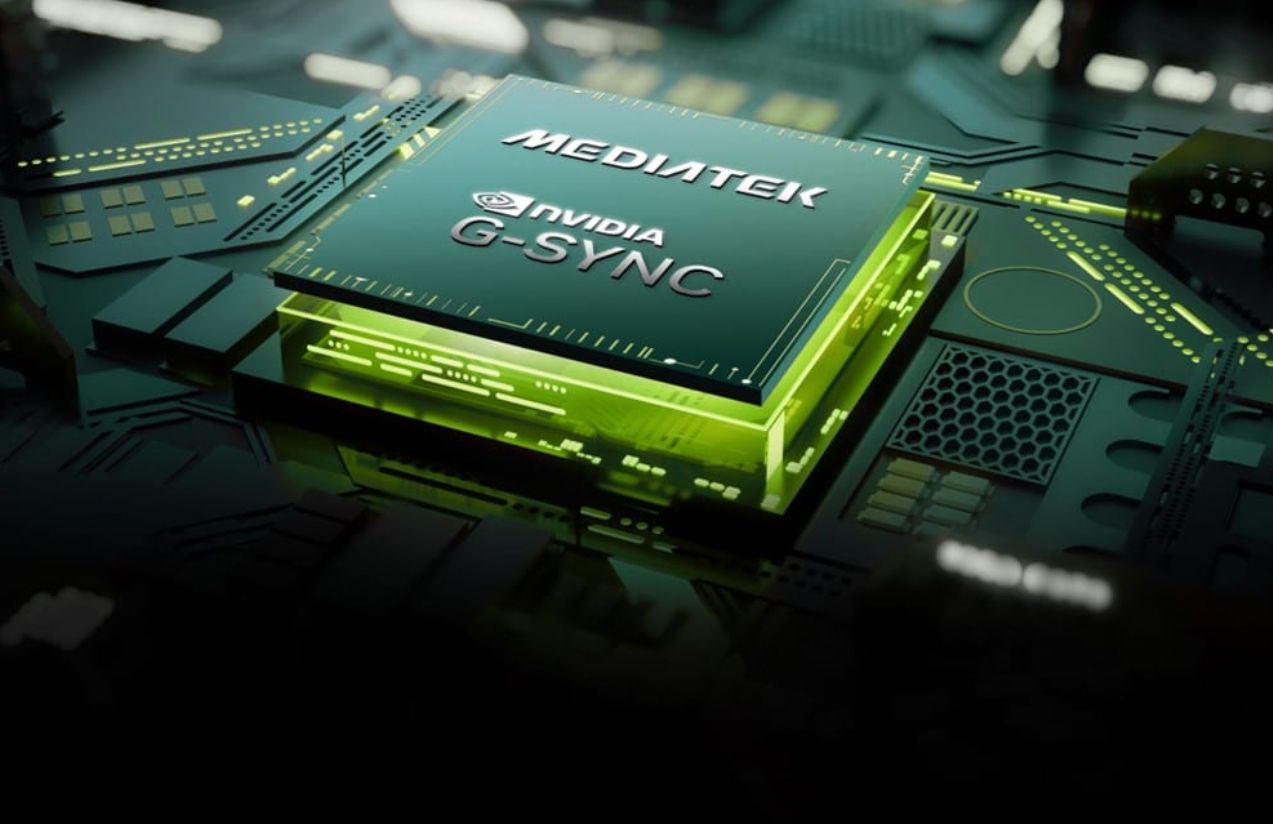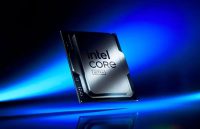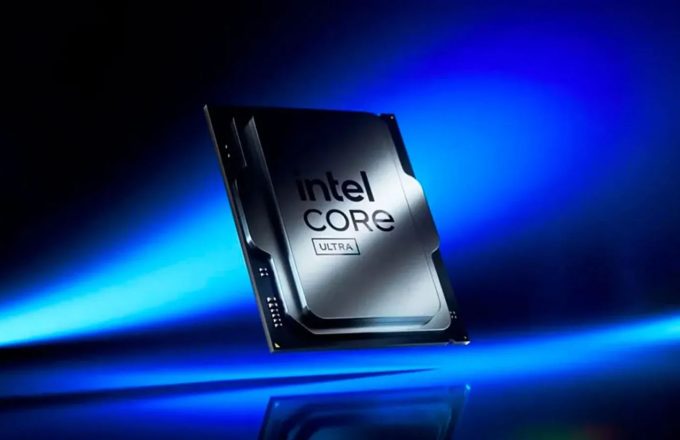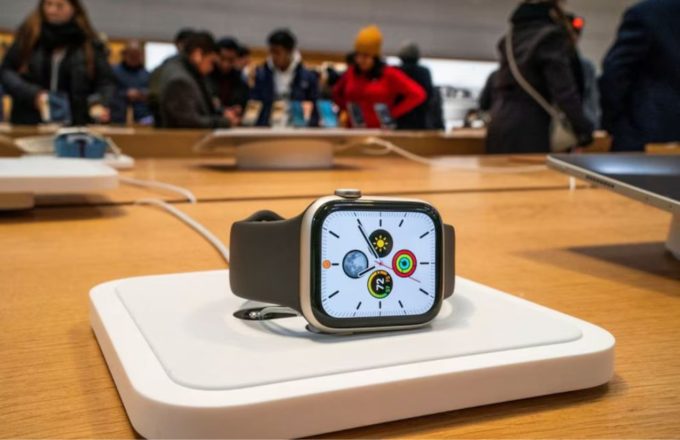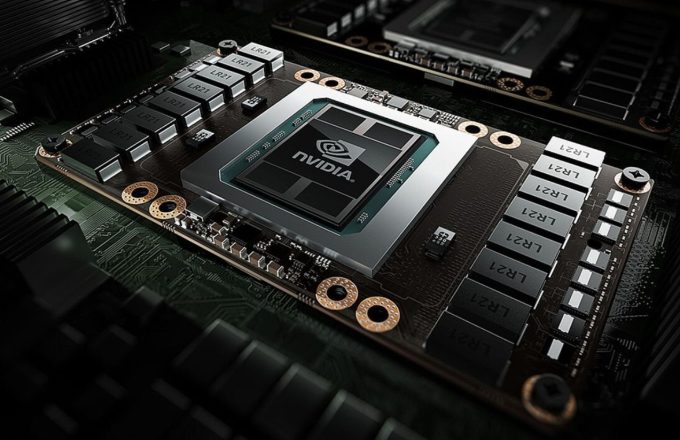Major tech companies have long moved beyond offering just one type of product. AMD and Intel, for example, are known not only for their processors but also for manufacturing dedicated graphics cards. That space, traditionally dominated by NVIDIA, could see a strategic shift as the company, led by Jensen Huang, prepares to enter the ARM CPU market aimed at Windows-powered devices.
One of the most promising segments in the PC hardware industry is the pursuit of high performance and stable output without compromising on power efficiency. ARM architecture presents a viable path in this direction. However, its major drawback has been limited compatibility with applications designed for the x86-64 architecture—even with Windows on ARM. Nevertheless, NVIDIA appears ready to tackle this challenge with its new CPUs, developed in collaboration with MediaTek.
The official announcement is expected at the upcoming Computex, one of the most significant global tech events. There, NVIDIA will unveil its new N1X and N1 chips, designed to integrate seamlessly with the Windows on ARM ecosystem and aimed at both laptops and desktop computers.
Their goal is clear: to directly challenge AMD’s APUs. To achieve this, the new processor family will combine high-performance ARM cores designed by MediaTek with integrated graphics (iGPU) based on NVIDIA’s Blackwell architecture. While technical details are still scarce, it’s anticipated that the chips will feature up to 10 Cortex-X925 cores and 10 Cortex-A725 cores, with full specifications expected during the presentations on May 19 and 20.
Currently, AMD’s APUs dominate the market for low-power CPUs paired with powerful integrated graphics, widely used in both laptops and gaming consoles. Qualcomm has attempted to compete with its Snapdragon X chips, but their relatively weak performance and compatibility issues have hindered widespread adoption.
For now, all eyes are on NVIDIA. If these new chips deliver on their promise, they could usher in a new wave of devices offering high performance with minimal power consumption. Still, meaningful impact likely won’t be seen until 2026.


